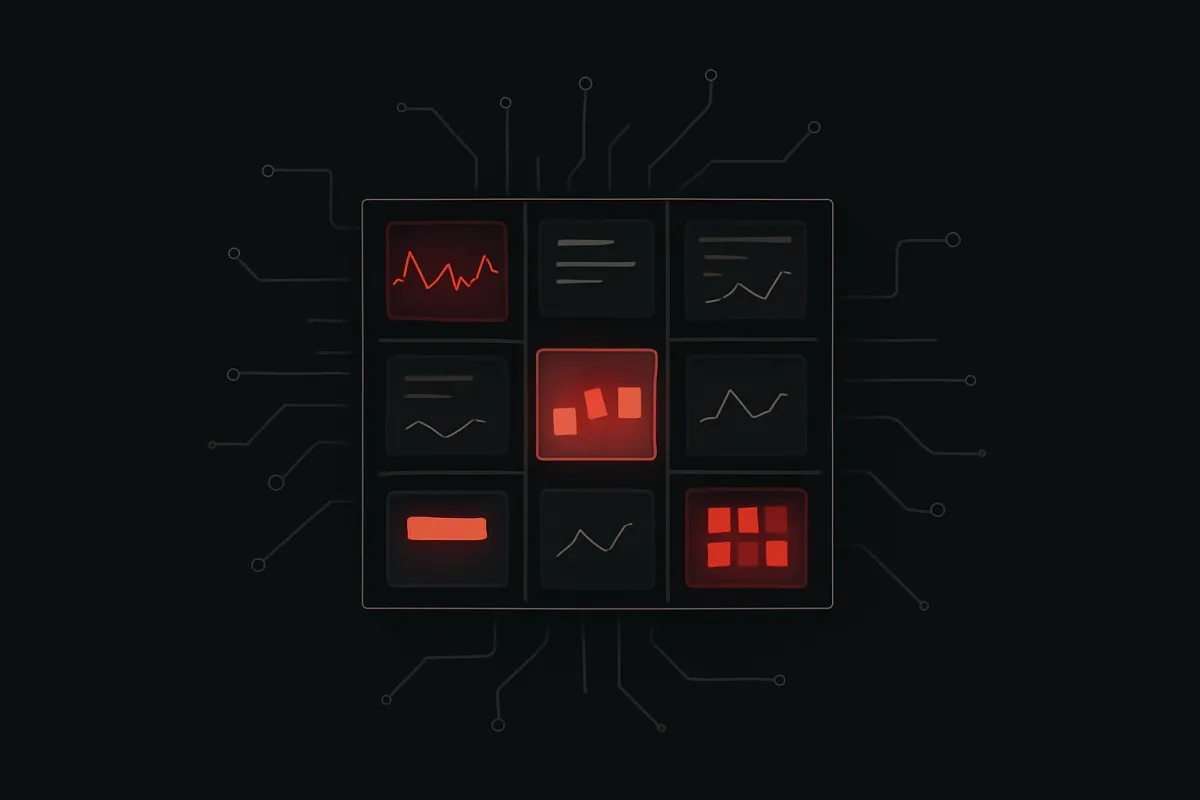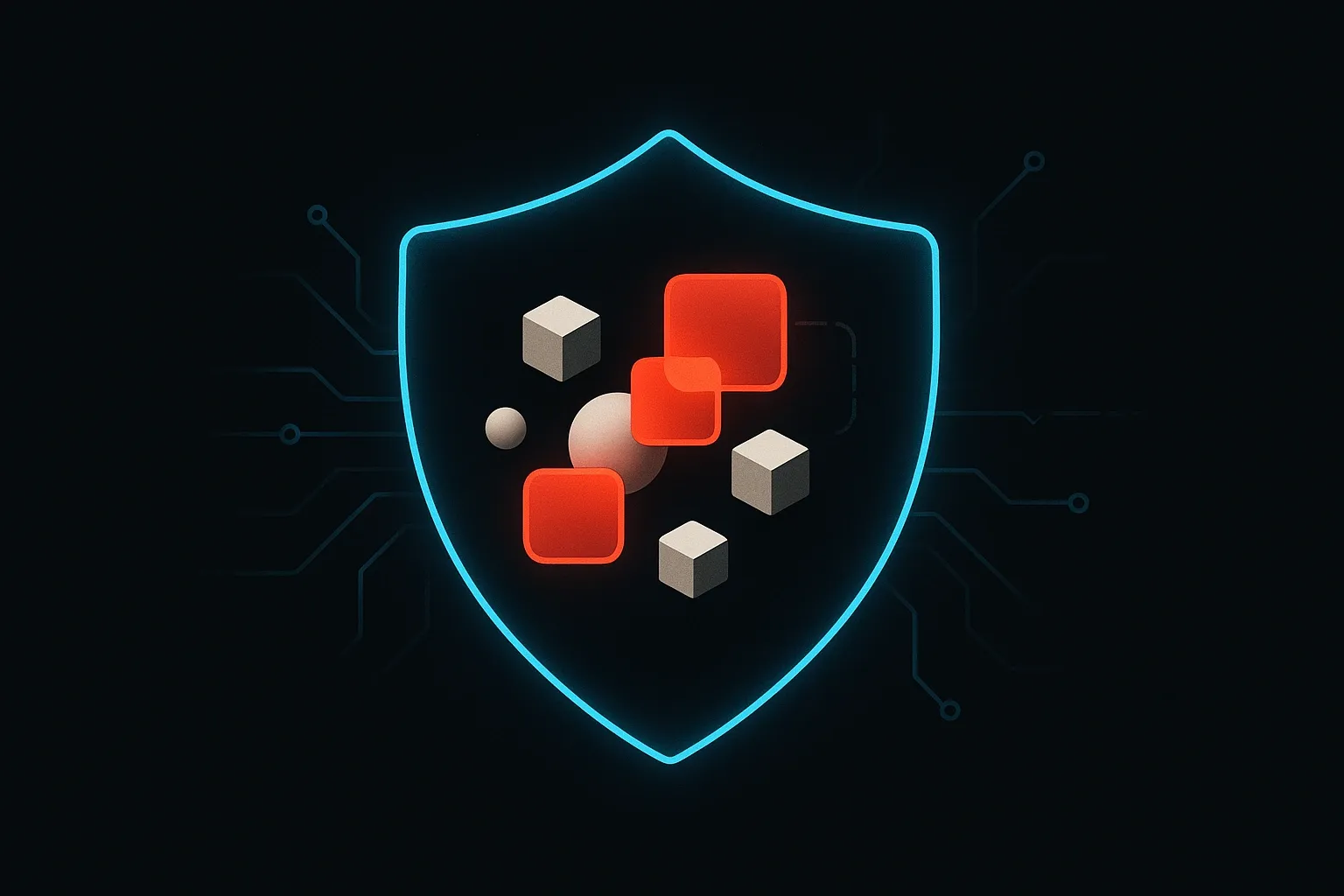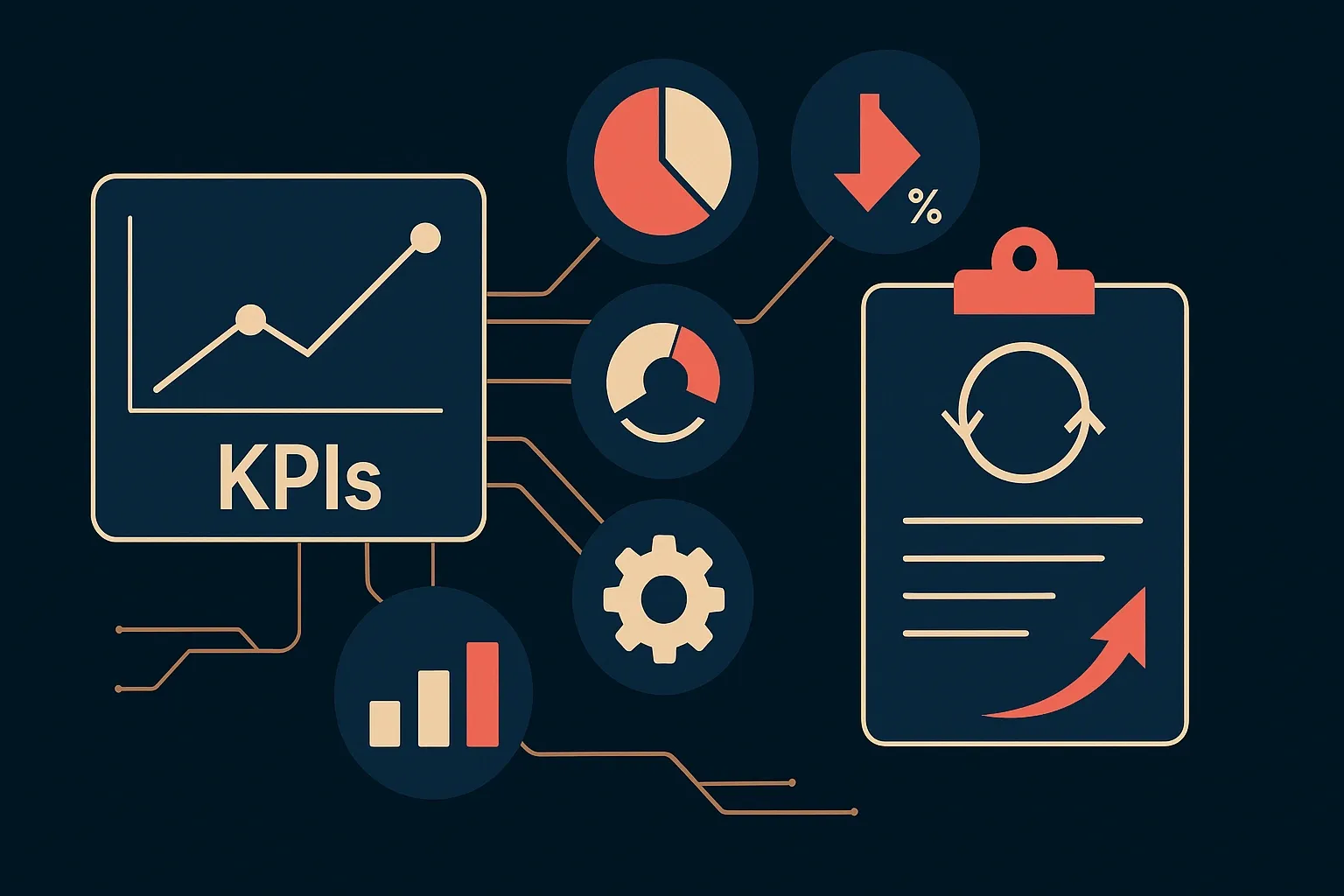Software Product Maintenance After Launch: 10 Essential Practices
Launching software isn’t the finish line, it’s the start of a new phase. From bug fixes to security patches and continuous monitoring, Lejla’s shared 10 essential steps every team needs in 2025 to keep products reliable, secure, and ready to scale.

Launching software starts a new phase rather than ending the work. Post-launch activity focuses on keeping the product reliable, secure, and aligned with real-world use.
This article explains how to maintain software products after launch in clear, practical terms. It covers operations, releases, monitoring, support, metrics, automation, team setup, budgeting, and continuous improvement.
Technology in 2025 evolves quickly across operating systems, cloud services, and third-party dependencies. Maintenance keeps the product compatible with these changes and stable in production.
What post launch software maintenance means
Post-launch software maintenance is the ongoing work that keeps a live product functional, secure, and useful. It begins after the first release and continues for the product's lifecycle.
The focus shifts from building new features to operating a live service. Teams track reliability with monitoring and logs, define service levels, and handle alerts and incidents in real time.
Core activities include:
- Bug fixes: Resolving defects that appear in production
- Security patches: Applying updates to prevent vulnerabilities
- Performance monitoring and optimization: Continuous tracking of system metrics and improving speed and resource usage
- Documentation updates: Keeping guides current with product changes
Why continuous maintenance protects product value
Continuous maintenance preserves product value by controlling technical debt, sustaining user satisfaction, and keeping pace with changing platforms and standards. It reduces risk from outdated code, unsupported libraries, and shifting third-party APIs.
Technical debt is the extra work created when quick fixes or old decisions remain in the code. Regular refactoring, dependency updates, and cleanup keep complexity low and prevent small issues from becoming outages.
User retention depends on consistent behavior, fast load times, and clear interactions. Steady fixes and small improvements limit frustration, reduce churn, and keep the experience accessible across devices and operating systems.
10 essential steps for post launch support
A clear framework turns live operations into predictable, low-risk work. These steps cover the most important aspects of maintaining software after launch.
1. Establish real time performance monitoring
Performance monitoring tracks service health, response times, errors, and resource use as they happen. Observability combines three signals—metrics (numbers over time), logs (event records), and traces (request paths)—so issues are found and explained quickly.
Dashboards show trends, alerts notify on thresholds and anomalies, and runbooks describe how to respond. This creates visibility into what's happening with your software at any moment.
2. Collect and prioritize user feedback
User feedback flows through multiple channels to give you a complete picture of how people experience your product. In-app prompts, support tickets, interviews, reviews, and analytics all provide different perspectives.
Tag input by theme and map it by frequency, impact, and effort to act. Route prioritized items into a triage queue where duplicates are merged, unclear reports are clarified, and important issues move to the product backlog.
3. Fix bugs with rapid release cycles
A triage process assigns severity (blocker, major, minor) and priority (order of work) to each reported issue. Hotfixes target critical problems and go out as fast, narrow releases with rollback plans.
Regular updates bundle non-urgent fixes on a set schedule. Small releases, canary rollouts, and post-release checks reduce the risk of introducing new problems while fixing existing ones.
4. Deploy security patches promptly
Security patch management follows a clear loop: inventory assets, assess risk, test, deploy, and verify. Vulnerability assessments use advisories and scores to set patch order.
Out-of-band releases handle high-risk items that can't wait for the regular schedule. Dependency updates, secrets rotation, and audit logs are part of the same protocol.

5. Optimize performance through code reviews
Code reviews look for slow algorithms, heavy database calls, chatty APIs, memory leaks, and unnecessary work inside hot paths. Profiling and query analysis point to hotspots where improvements will have the biggest impact.
Simple changes often produce large gains:
- Indexed queries: Speed up database lookups
- Caching: Store frequently-used data in memory
- Batching: Group multiple operations together
- Non-blocking I/O: Handle requests without waiting
6. Ensure backward compatibility and regression testing
Backward compatibility keeps existing integrations and user flows working after updates. This means API changes don't break third-party connections and interface updates don't confuse existing users.
Regression testing re-runs critical tests to confirm no earlier features broke. Version control tags and release branches preserve a clean history, while clear deprecation notices and migration guides support safe change.
Wondering if your product is prepared for 2025’s changing tech landscape?
7. Update documentation and knowledge base
Documentation covers architecture, APIs, runbooks, and user guides. Each release updates these sources and the changelog to reflect what changed and why.
The knowledge base records known issues, frequently asked questions, and step-by-step fixes to reduce support ticket volume and speed resolution. A single source of truth and clear ownership per document keep content current.
8. Plan for scalability and load spikes
Scalability means handling more work without breaking. Horizontal scaling adds more instances, vertical scaling adds resources to existing instances.
Capacity planning pairs load tests with traffic forecasts. Autoscaling, caching, content delivery networks, queues, and rate limits smooth unexpected spikes. Circuit breakers and timeouts prevent cascade failures when one part of the system struggles.
9. Automate CI/CD and testing pipelines
Continuous integration runs builds, tests, linters, and security scans on every change, producing a versioned artifact. Continuous delivery or deployment uses repeatable pipelines with blue-green or canary strategies, feature flags, and instant rollbacks.
Test layers guard quality at different levels:
- Unit tests: Check individual functions
- Integration tests: Verify components work together
- End-to-end tests: Simulate real user workflows
- Smoke tests: Confirm basic functionality after deployment
10. Review KPIs and iterate quarterly
A quarterly review examines availability, latency percentiles, error rates, crash-free sessions, incident counts, mean time to resolution, change failure rate, lead time, and cost-to-serve.
Findings update risk registers, maintenance backlogs, and runbooks. Small, time-boxed experiments are planned for the next cycle, with ownership rotated to spread context and reduce single points of failure.

Governance metrics and KPIs to track
Governance metrics describe whether a live product is healthy and well-run. These KPIs provide clear signals for reliability, support quality, stability, and user sentiment.
Availability and uptime measures the percentage of time the service is usable. A common formula is: uptime percent = (total time − downtime) ÷ total time × 100. Example targets include 99.9% (about 8.8 hours of downtime per year) and 99.99% (about 52 minutes per year).
Mean time to resolution tracks the average time from detecting an incident to fully restoring service. Calculate it by adding resolution times for all incidents in a period and dividing by incident count.
Crash free sessions measure session stability—the share of user sessions that don't crash. The formula is: (total sessions − crashed sessions) ÷ total sessions × 100.
Tools that automate monitoring and deployment
Post-launch operations rely on tools that reduce manual work and increase reliability. These platforms connect code, infrastructure, and support workflows so changes roll out predictably.
Observability platforms assemble signals from applications and infrastructure into dashboards, alerts, and timelines. They track error rates by release, highlight slow endpoints, and include real user monitoring and synthetic checks.
CI/CD pipelines connect source control, automated tests, build runners, and deployment targets into one flow. Common capabilities include artifact storage, environment promotion, manual approvals, and automated rollback steps.
Issue tracking systems provide a single backlog with custom workflows, severity fields, and SLA timers. Commits and releases link to tickets for traceability from report to fix.
Building a high performing support and DevOps team
A reliable post-launch operation uses a blended support and DevOps team with clear ownership, shared tooling, and stable rotations. The structure favors fast diagnosis, safe change, and accurate updates.
Key roles include support leads who own triage rules, DevOps engineers who maintain infrastructure and CI/CD, and application engineers who deliver code-level fixes. Cross-training limits single points of failure and keeps context fresh across roles.
Communication workflows funnel work intake into a single triage queue with a shared severity scale. During incidents, a dedicated channel, incident lead, and timestamped updates create a clear timeline that keeps everyone informed.
Maintain momentum with continuous improvement
Continuous improvement means small, steady upgrades guided by evidence. Teams work in short cycles that collect data, make a change, and measure what happened.
A simple loop supports this work: observe, form a hypothesis, run a safe test, learn, and decide the next step. Feature flags and staged rollouts allow testing with low risk while learning is captured in decision records and post-incident notes.
Ministry of Programming helps clients establish these improvement loops and run them effectively. Our services include reliability engineering, DevOps enablement, and ongoing design and development that keeps digital products competitive and reliable.
Maintaining momentum after launch takes a strategy. Ready to keep your product reliable and future-proof?
FAQs about maintaining software products
How much annual budget should software teams allocate for maintenance work?
Annual maintenance varies with complexity and scale, but teams commonly allocate 15-30% of the original development cost per year. This covers ongoing fixes, security updates, performance optimization, and infrastructure costs.
What specific KPIs indicate when rebuilding makes more sense than continued maintenance?
Consider rebuilding when change failure rate stays above 15%, most sprint capacity goes to fixing regressions rather than new features, or forecast maintenance costs over 18 months exceed rebuild estimates.
Can AI-powered monitoring tools replace manual oversight in software maintenance?
AI systems can flag anomalies, summarize logs, and suggest fixes, but human operators still interpret business impact, authorize changes, and run incident response. AI enhances rather than replaces human judgment in maintenance work.
How does software maintenance differ for fintech and healthcare applications?
Regulated industries require formal compliance controls, detailed audit trails, and documented change management aligned to standards like PCI DSS and HIPAA. This adds validation steps and domain-specific expertise that lengthen maintenance cycles.



